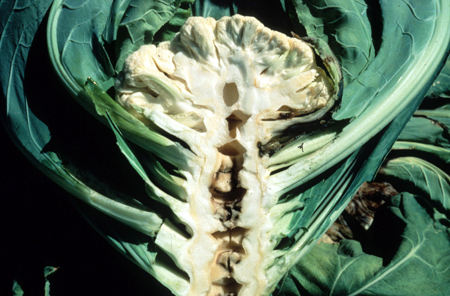paradoxlost
Member
Did nobody watch the video?
This thread is super frustrating.....
I watched it. The chelation aspect makes perfect sense. This is why hydro grows will suffer from boytritis at a greater rate than a soil grow.
But as far as hollow stems are concerned, where are your boron and soluble silicon levels in your soil at? Those are the formative cations of the xylem super highway.






